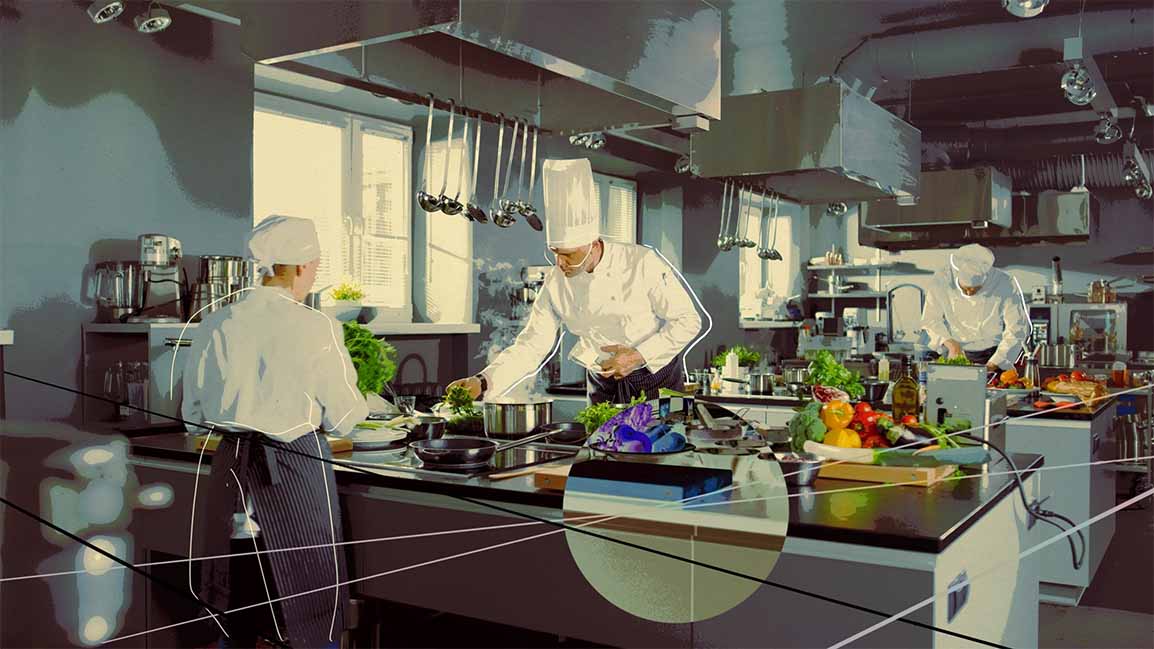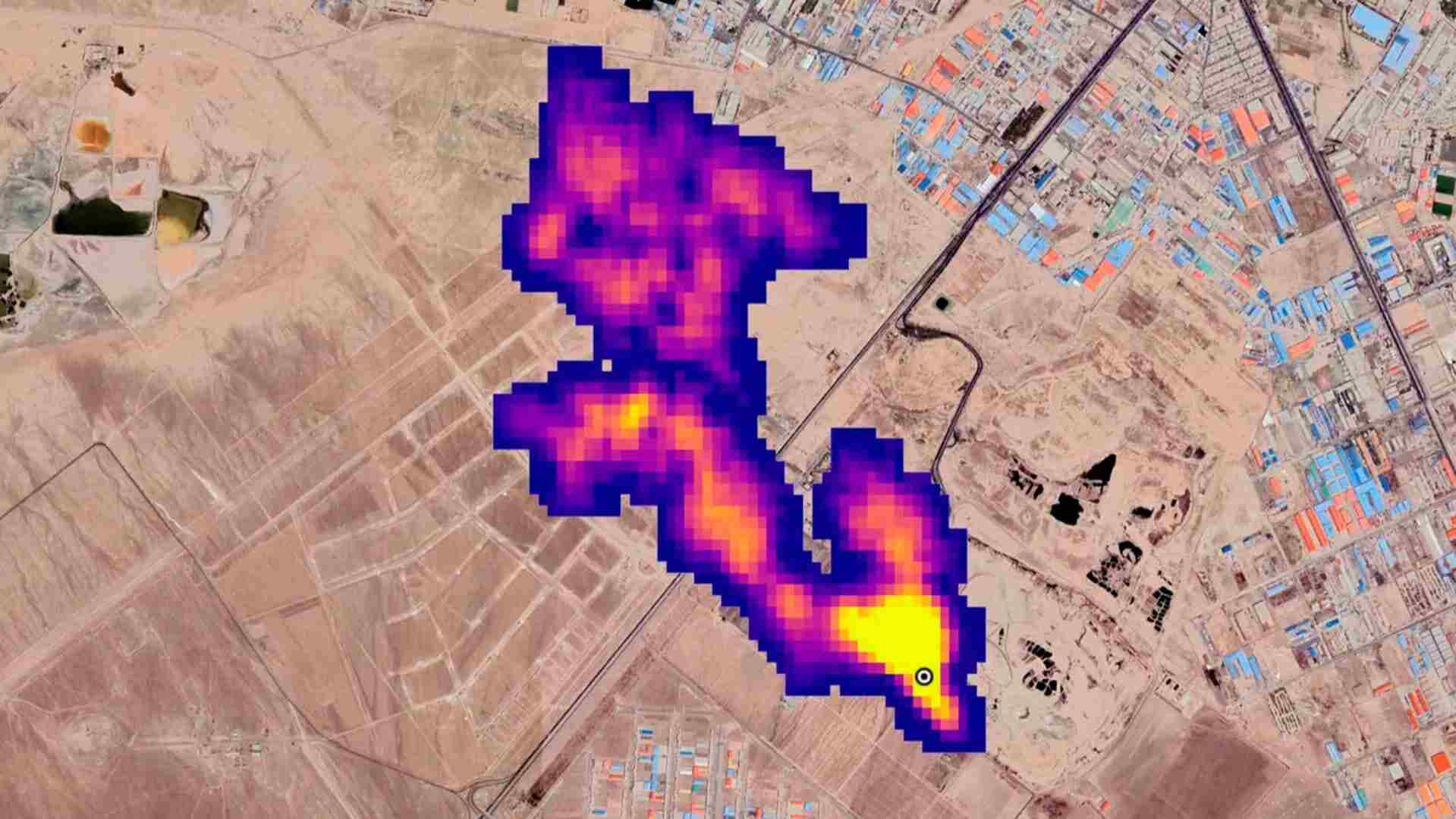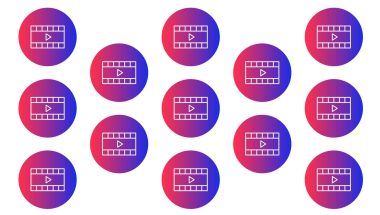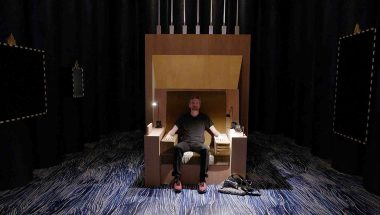- | 9:00 am
What’s it really like inside a cloud kitchen in the UAE? We find out
Invented for the pandemic, tech-enabled cloud kitchens have boomed in the Middle East. We take a sneak peek into why established brands are turning to cloud kitchens for support

Once upon a time, cloud kitchens, also known as dark kitchens or ghost kitchens, were shrouded in secrecy. These commercial kitchens were set up inside nondescript industrial buildings in alleyways or any bleak corner. As the Covid-19 pandemic put a moratorium on dining out, murmurings of cloud kitchens emerged with theories about how these mysterious establishments prepare and deliver food.
And corporations moved stealthily, leaving customers in the dark about internal operations. With cloud kitchen adaptation and consumer approval on the upswing, cloud kitchens are now opening up and shedding light on the concept that is transforming how the world eats.
According to Allied Market Research, the global cloud kitchen market is expected to reach $71.4 billion by 2027, and companies in the UAE are keeping pace. In 2020, Talabat opened its first cloud kitchen in Khalifa City, a heavily populated suburban area in Abu Dhabi. The location launched Wing Stop in the capital, among other popular international brands such as Dunkin, Din Tai Fung, Galito’s, and Baskin Robbins. Today, Talabat operates a total of 10 cloud kitchens and shows no signs of slowing as consumer attitudes towards this sector continue to shift.
A LOOK INSIDE
Talabat’s new Arjan cloud kitchen is located in Al Barsha, a mixed-use commercial and residential development in Dubai. It’s on a corner, wrapped in Talabat’s colorful branding. The structure itself is vivid, welcoming, and a complete departure from cloud kitchens of the past. Inside, the space is bright, airy, and divided into three sections: staff accommodation, food prep, and pick up. There is a common area for staff with lockers, seating, and other break room essentials near the front entrance. At the back of the building, there’s a collection point near the rear entrance where Talabat riders can rest and have water. The space in between is divided into nine stalls, each housing a different restaurant partner, with a shared room for dishwashing. Each stall is numbered and outfitted with commercial cooking appliances.
The stalls are doorless, and partners can be seen preparing food in branded t-shirts, aprons, and hair nets. The corridors are clean, and the walls are adorned with safety notices and brightly colored reminders to do things like turn off the lights for energy conservation. Automatic hand sanitizers are also mounted on the walls. The air-conditioned building smells noticeably fresh as food aromas do not overwhelm the space. The place is buzzing with activity as brand partners work to fulfill orders as swiftly as possible.
HOW IT ALL GOES DOWN
Talabat prioritizes the customer experience and works closely with brand partners to improve efficiency. The customer journey starts when an order is placed through the Talabat app. Order information is stored and accessed by riders using a mobile device. When the rider accepts the order, it advances to a digital queue for the respective kitchen. Once the kitchen accepts it, the order is displayed on a large dashboard in the collection area. Visible details include the rider’s name, order number, brand, and time of entry. When the order is ready, its status moves from “food preparation” to “ready for pick up.” A runner collects the order from the kitchen and hands it to the right rider.
WHY DO BRANDS CHOOSE CLOUD KITCHENS
According to Samrat Sharma, director of operations for kitchens at Talabat, the average delivery time is 28 to 30 minutes. The company helps brands improve workflows to meet that mark and maintain customer satisfaction. For example, one small recommendation made by the Talabat team helped Chili’s improve efficiency.
“We improved their efficiency by deep diving into their operations,” says Sharma. “We observed that when they put the patty on the grill, they were not smashing it, so it took too much time to cook, which eventually increased their preparation time. Our kitchen manager, who used to work with Shake Shack, recommended that they smash the patty first. They took our advice, and this change helped to reduce their preparation time by 25%.”
More and more restaurateurs are partnering with cloud kitchens to grow or launch their brands because this business model beats doing it alone. Such is the case for Amanda Antonios, owner of the Hawaiian comfort food concept, Pick a Poke. The brand is based in Beirut, where people have been known to stand outside for two hours to taste authentic Hawaiian cuisine. With great success in Lebanon, Antonios wanted to expand into the UAE and decided to boost her otherwise unknown brand in the Emirates by launching with Talabat.
“We know Talabat has a platform here. I used to see their posts on LinkedIn about their community, their business, the environment, and the goals they achieve. It excited me, and when I visited Dubai, I used the platform and thought, why not? They’re a big name, and we’re a big name in Lebanon, so it was a good fit.”
Established brands are also turning to cloud kitchens for support. “If you open a brick and mortar store, it requires a lot of investment compared to a cloud kitchen where you just need to bring in your equipment. There is significantly less capital expenditure to open a cloud kitchen, which ultimately helps profitability,” says Sharma.
Forty Fruity, which has been in the market for over 20 years, now occupies a stall in Talabat’s Arjan kitchen as the costs are less than running a stand-alone shop. Shashindre Shrestha, the Forty Fruity operator, says he transitioned to a cloud kitchen “to make us stand out in the market.”
And Sharma agrees, “We work very closely with all of our partners to improve efficiency, whether related to their preparation time or improving their overall ratings.”
CLOUD KITCHENS OF FUTURE
So what’s next for the region’s leading online food delivery platform? Traditionally, cloud kitchens prepare food for delivery only, but Talabat plans to push those boundaries by offering take-away and dine-in options. Preparations are underway for customers to pick up orders at the Arjan kitchen with the addition of a customer waiting area.
Technology, such as proprietary software and specially designed tablets, underpin kitchen operations, but implementing more advanced technology is also on the horizon. Talabat recently ran a state-of-the-art cloud kitchen at Expo 2020 with e-scooters and autonomous delivery robots. 3D smart lockers, robotic baristas, and drone delivery are at the forefront of the company’s next big push to revolutionize food delivery.






































